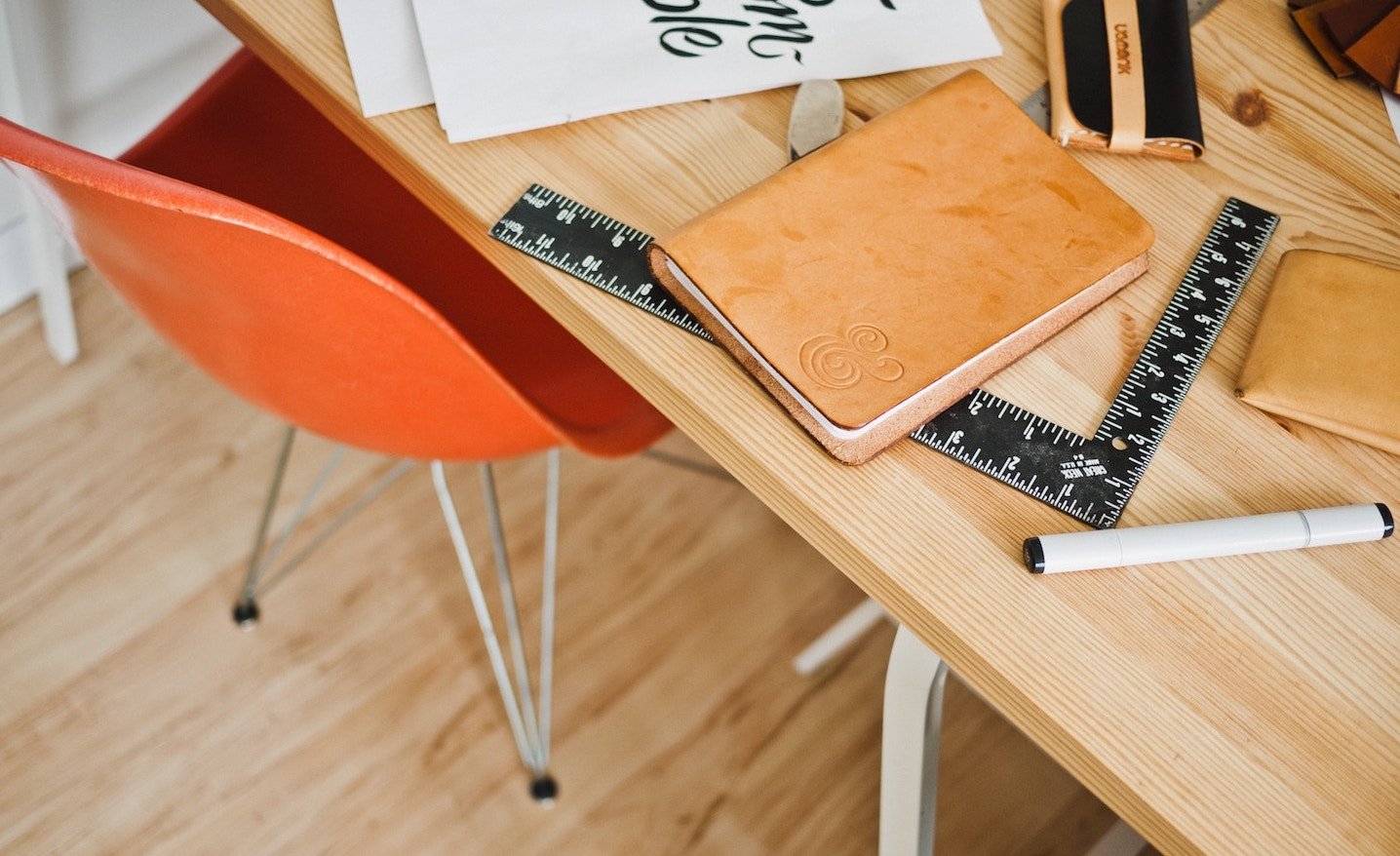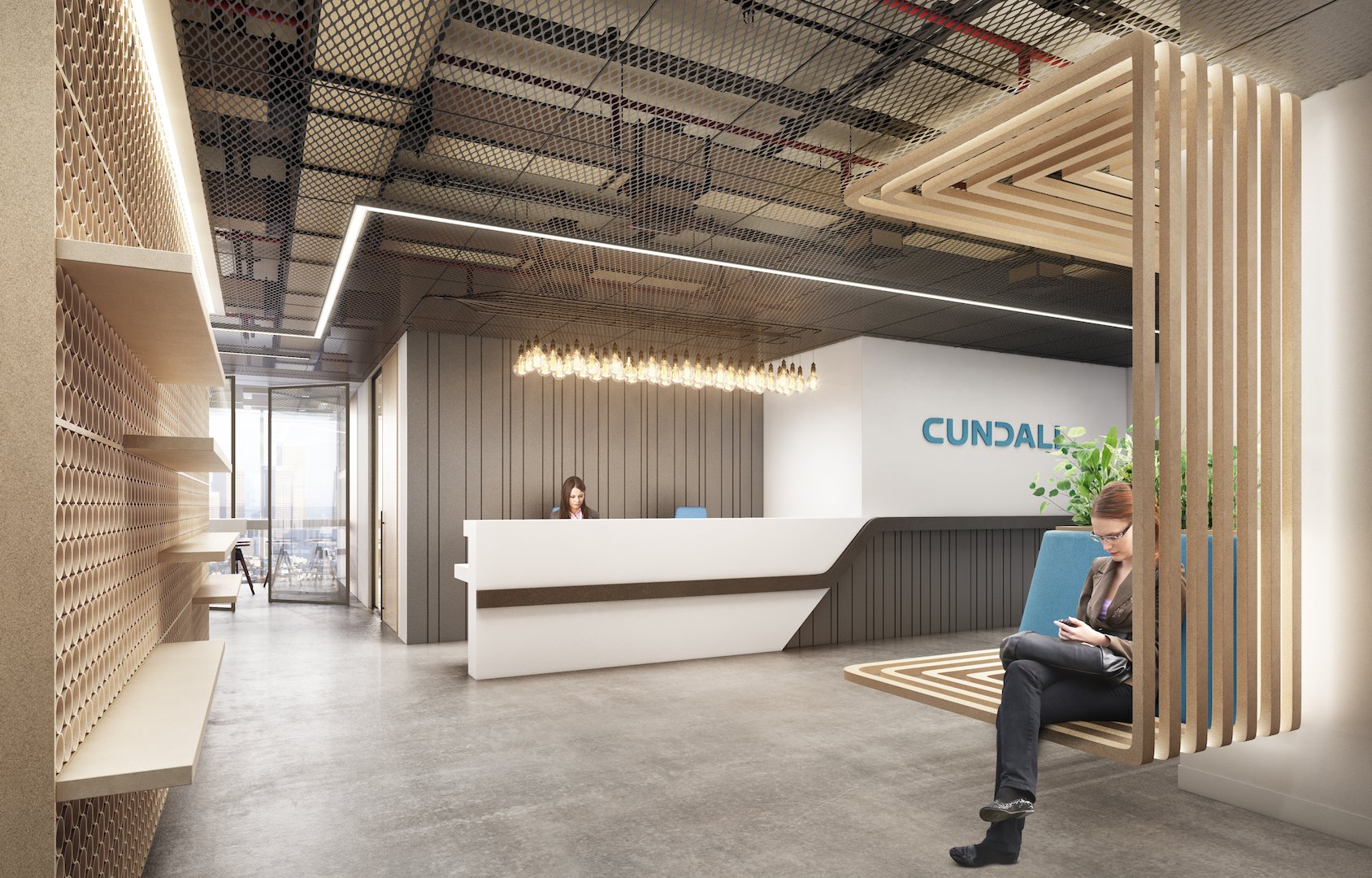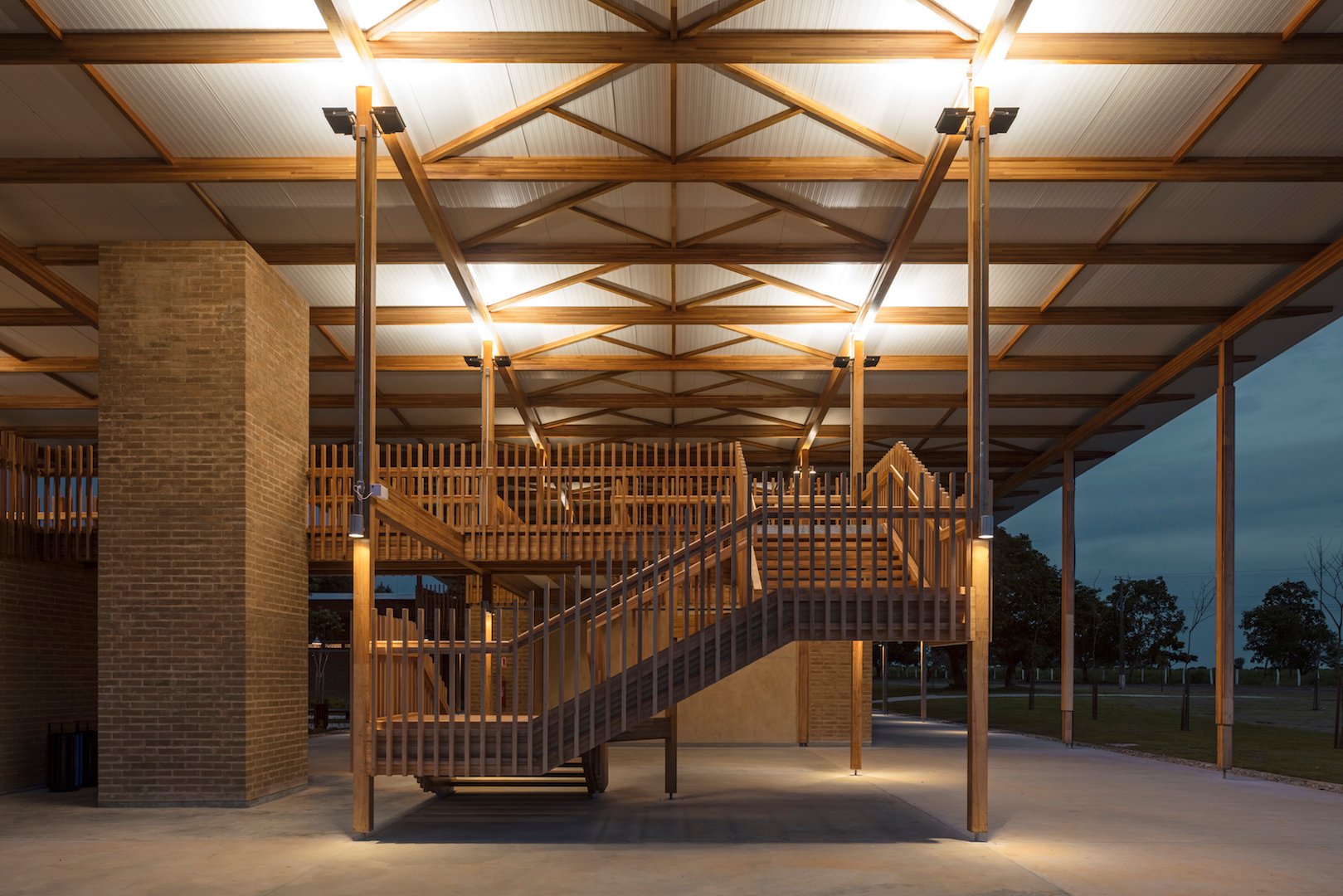In this modern world where cradle to cradle is the new black, we ask the question, does sustainable design need to be expensive?

In this modern world where cradle to cradle is the new black, we ask the question, does sustainable design need to be expensive?
The short answer is ‘no’. The more detailed answer starts with a reexamination of the traditional definition of expensive.
The common notion of a sustainable design or green building being expensive is perpetuated by those focusing on the high initial costs of material and construction. And while that may be true, the benefits of a sustainably designed space far outweigh the one-time initial cost of construction. Most people tend to overestimate the cost of green design, as described in a report titled Energy Efficiency in Buildings: Business Realities and Opportunities. According to the report, the green markup to design and construct green spaces is about five percent, even less in some cases.
“This is true for most greenfield projects,” says David Lessard, Design Director at H+A, “but with proper planning and execution, and limiting change to brief or changes on site, one can manage these costs within a narrower margin. When considering refurbishments or adaptive reuse projects, which are far more sustainable then greenfield projects, these costs come down even more significantly. They do this by exploiting the advantages of existing infrastructure, more specifically structural frame and utilities connections, which can be anywhere from 8 to 15 percent of a project’s capital expenditure. We should encourage more adaptive reuse projects in the region on all scales.”
Several reasons exist that make the case for sustainable design being a worthy and inexpensive pursuit. We have some the major points nailed down for you.
A sustainable product doesn’t have to be an aesthetically superior product you can touch and feel. A design’s core sustainable value can lie hidden in its technical specs, which are not immediately visible to the client or the end user. When you pitch a sustainable design concept to a client, take a moment to look at the finer details of what makes the design sustainable. You don’t have to go searching for stunning furniture with a sustainable angle to it. The key to your design could be the LED lights or the cooling system used in the space.
“The invisibility of sustainable design is sometimes the most successful manifestation of this design approach,” says David. “Sustainable design goes much deeper than engineering systems and has a strong impact on human comfort and wellness. Good acoustic designs ensure you can focus in the office and sleep in your hotel room – both essential to our well-being but invisible to the eye. Quality, fresh air and ample supply of oxygen in buildings boosts our energy – again invisible to the eye. At H+A, we believe that subtle integration of invisible sustainable design is the most effective method.”
SAY Studio were appointed by global engineering firm, Cundall Johnston & Partners, to design their new headquarters in Dubai. “Aiming for WELL Gold with a drive for employee wellbeing and sustainability, Cundall are really setting a precedent within the region for responsible design,” says Laila Al-Yousuf, Design Director and Partner at SAY Studio. “Materials such as cardboard, cork board and joinery were sourced locally, cutting significant costs that could have incurred with international transportation. We also used and integrated existing furniture into the design.”

With integrated design, all stakeholders associated with the project – client, designers, fitout contractors, the MEP team and cost consultants – are involved in a collaborative process early on. By understanding each process in the design and construction stage, they can use their collective knowledge to identify trade-offs and potential improvements, and address inefficiencies that can lead to huge cost savings.
When the design team proposes the technical spec of a sustainable design or product at the start of a project, chances are that the contractors or client can procure this locally or plan ahead to source it elsewhere. It is only when teams are disconnected that, at some point, the lack of synergy rises to the surface, leading to possible confusion and delays, and affecting costs.
“Integrated design is essential to meeting sustainable design goals but having all stakeholders continuously engaged through all stages of the project is sometimes difficult, especially when contracts are split between design and delivery, or when project designs are split between multiple designers, more specifically the disconnect between architecture, interiors and landscape designs. It is also very common in the region to split design and construction supervision activities between multiple designers. When considering the fragmentation of project teams, and splitting of design and construction stages, having an integrated design approach is very challenging. Instead, we should promote holistic and integrated designs that seamlessly blend architecture, interiors and landscape design with engineering to ensure all sustainable design goals are met. This goes deeper than the technical aspects of projects – promoting synergetic designs that enhance one’s sense of place.”
This should be the most obvious reason, but the need to save costs often creates a shortsighted view of a project. An investment in energy saving systems, such as motion detected lights and water faucets, or even designs that maximise natural light, reduces the need for artificial lighting and thus greatly influences the bottom line. While some of these options are expensive, they lead to a reduction in energy and water consumption that eventually slows the growth of operating costs.
David tells us that there is plenty of data justifying payback periods on sustainable design elements. “And these periods are exponentially reducing as technology becomes cheaper and more readily available. This is the easy part. What we now need to value is the payback to our health and wellness. These are more difficult to measure in terms of return on investment, but in reality, are priceless. Revelations in neuroscience are now starting to demonstrate that our built environment has a huge impact on our health and emotions, both visually and technically. As more of this data is revealed, we will see a new dimension of sustainable design emerge, well beyond ROI for air conditioning systems.”
Let’s kill two birds with one stone. Why stop at sustainability when you can incorporate biophilic design as well. We have just discussed the potential economic benefits of sustainable infrastructure curbing increased spending. And at Love That Design, we are big advocates of biophilic design and how it improves wellness in the workspace. Fortunately, there are some amazing products out there that can help you achieve your biophilic design goals and improve that sense of wellness in the workplace.
Net Effect from Interface are carpet tiles made from 100 percent recycled nylon. Not only are they produced sustainably, but also the design mimics soothing natural colours and patterns mostly found in nature – an ideal product for a biophilic design concept.
“We have known since the 1950s that access to natural light and views of nature accelerate healing. Yet in 2018, these design principles are not ubiquitous. Biophilia and biomimicry in design are proven to enhance our experience of space, and such designs can be integrated on many scales, either subtly as a textured material in a warm tone, or more overtly as an overall building shape. What is important is that we as designers try to understand these principles more objectively – understand the cause and effect relationship between biophilic design, human emotion and wellness. We are entering an age of empathy in design – moving away from ego and in turn, away from the “iconic”. This is proven through the award of this year’s RIBA International Prize to a building that puts context, environment and human experience before image
